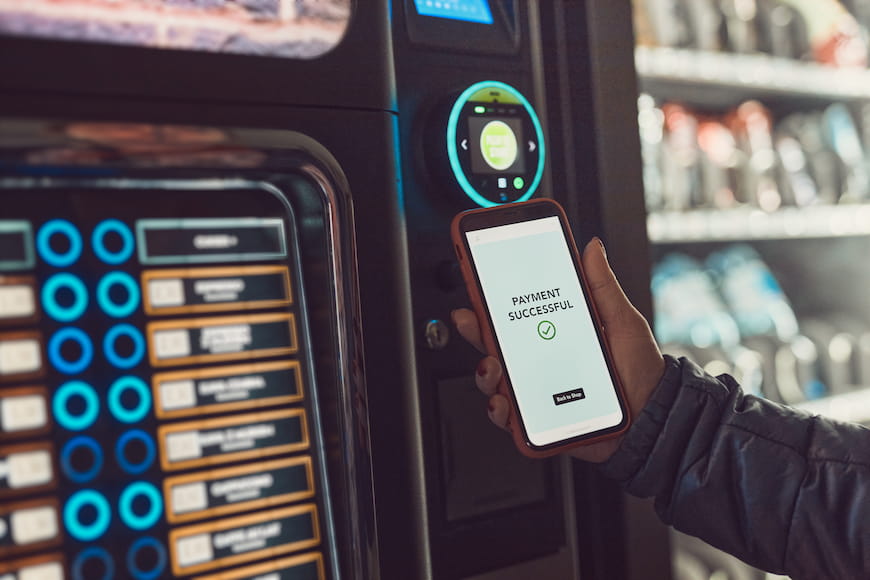The pandemic has brought unprecedented attention to the issue of accessibility of educational content. As schools moved rapidly online last year, inequities in students’ access to the material they need for academic success became more apparent to institutions and faculty. Especially with the added difficulties of economic instability that the pandemic brought with it, access to learning content has become an urgent issue of equity and inclusion.
Recently, experts in higher education came together to discuss these issues at a panel hosted by the Online Learning Consortium. Moderated by Jessica Knott, Ph.D, AVP of Communications Strategy, Experience, and Management at OLC, the panel included Jamie Axelrod, Director of Disability Resources at Northern Arizona University, Gerry Hanley, Ph.D, Executive Director of MERLOT and Skills Commons, Cyndi Rowland, Ph.D, Executive Director of WebAIM, and Dave Sherwood, CEO of BibliU. Below are the key takeaways from the discussion.
The massive move to online learning has changed digital access to content from a nice-to-have to a must-have. Before the pandemic, instructional designers had been promoting the need for greater usability and scalability of digital content, but this trend was accelerated by the new need to engage with students remotely. Although faculty had historically resisted the transition to learning management systems, the past year saw increased faculty interest in adapting to technology to better reach students.
Affordability of content is the most pressing and wide-spread issue of accessibility for students. 40% of students in the California community college system are food-insecure, and 11% are homeless for part of the school year, with these challenges worsened by the pandemic. A shift from print to digital content can vastly reduce the price per student, and make it more feasible for institutions to take on the responsibility of procuring 100% of content for students, with bulk purchases from publishers. In 2010, California State University students saved $72 million in course materials when content switched to Open Educational Resources (OER), sourced from public domain resources.
The paradigm of students being responsible for securing their own course materials is shifting. Institutions are becoming more aware of the difficulties that many students face. Digital content offers a scalable solution for institutions to serve all students regardless of socioeconomic situation.
It is still relatively rare in the higher education space for students to provide direct feedback on their experience with learning platforms. But as students are learning in an environment that has evolved significantly since the time when faculty members were students themselves, it is useful for institutions to listen to student voices on how they can best learn with new technology.
It is also important to take into account the diverse needs of students, as some may require special accommodations, especially in the disabled community. Institutions are increasingly including student representatives in committee meetings where major decisions are made.
Faculty share a common goal of wanting to help students learn in the best way possible. The culture of care and concern for students has never been more apparent in the difficult times of the pandemic. However, faculty often find the transition to new technology to be a challenge, and many are reluctant to make the change.
Institutions can encourage faculty with institution-wide messaging that emphasizes the issues of social justice, inclusion, and diversity that digital content can solve. Sufficient training and support for faculty can also help make the transition an easier process, and implementing simple workflows for faculty using learning platforms can make it a less daunting experience.
Digital content can improve accessibility for students from diverse backgrounds and promote equity in higher education. The pandemic highlighted the need for universal access to content with the added challenges of remote learning and increased economic difficulties. Institutions can help ease the burden on students of securing content with the more affordable and flexible digital format, ensuring day-one access and smoother engagement with faculty.
Click here to watch the full webcast!

Drawing on insights from Erik Russell of Occidental College on Campus Convos, this blog explores how innovations in auxiliary services reveal a bigger lesson for higher ed: let technology deliver on-demand convenience, while people provide the human touch that makes the student experience truly personal.
.jpg)
Rural community colleges are lifelines opportunity face unique challenges, like broadband gaps and transportation barriers. Based on the Campus Convos episode with Dr. Bryan Newton of Glen Oaks Community College, we're showing how rural colleges are turning obstacles into innovation.